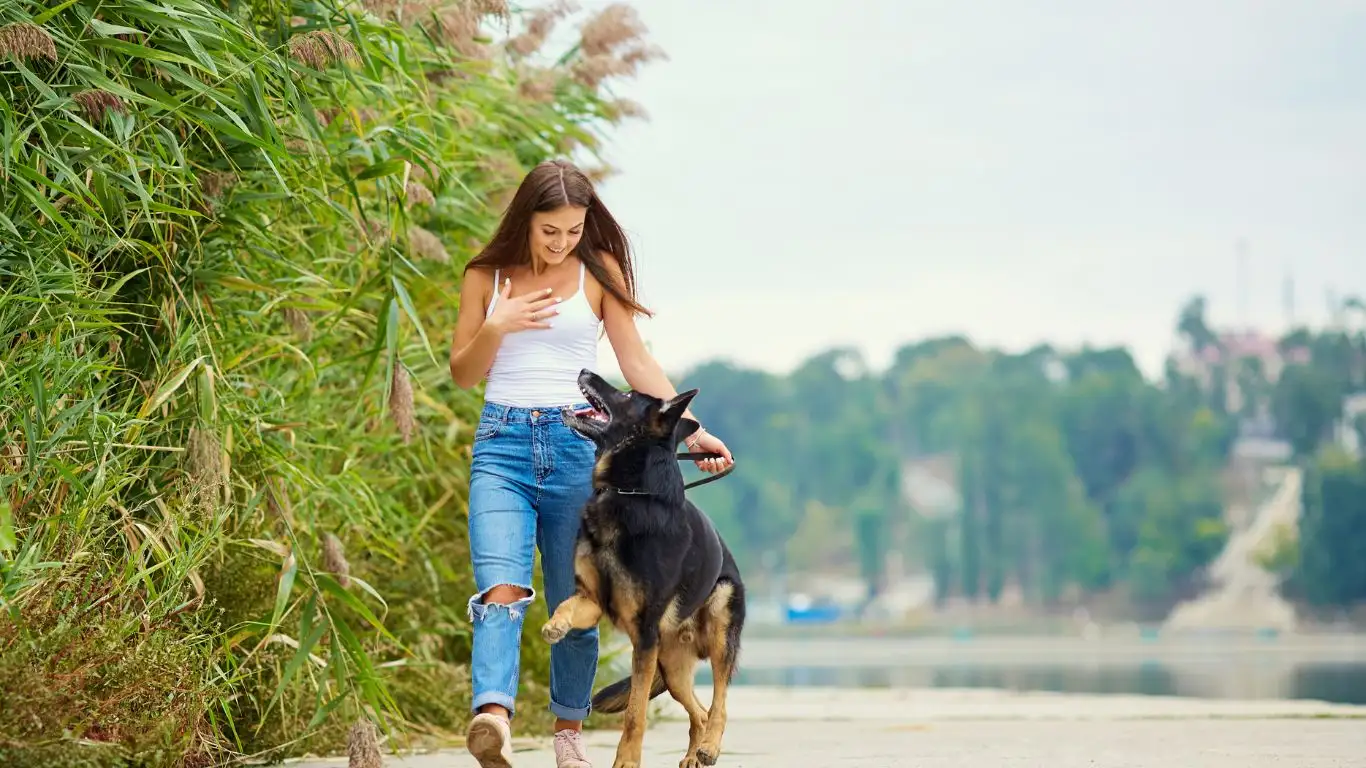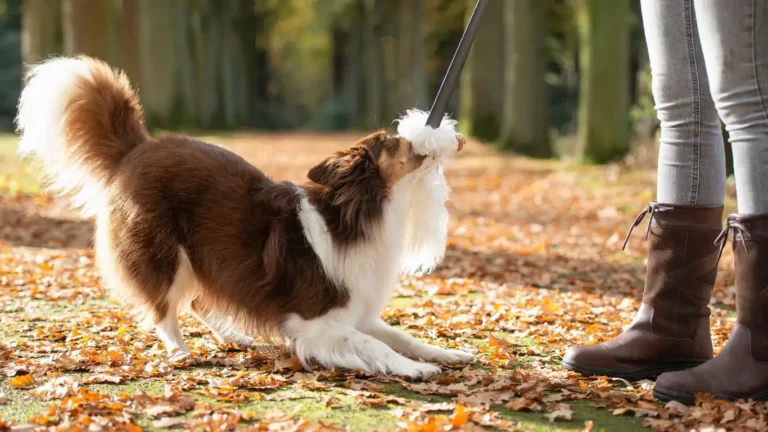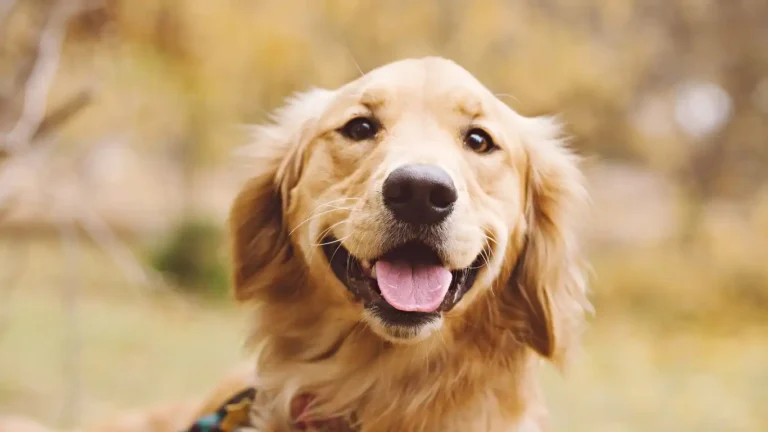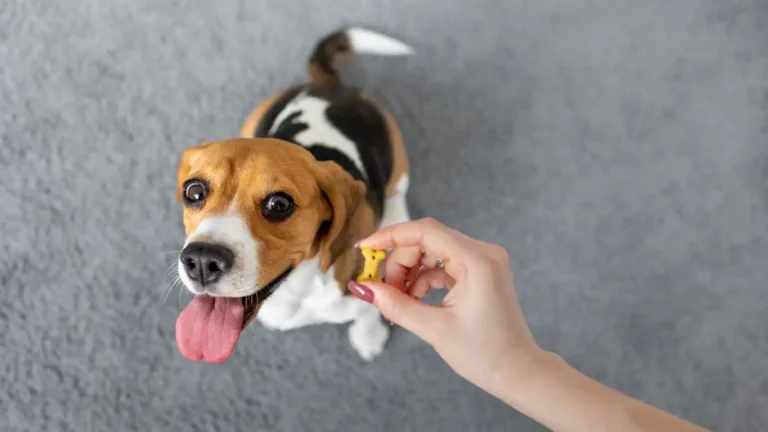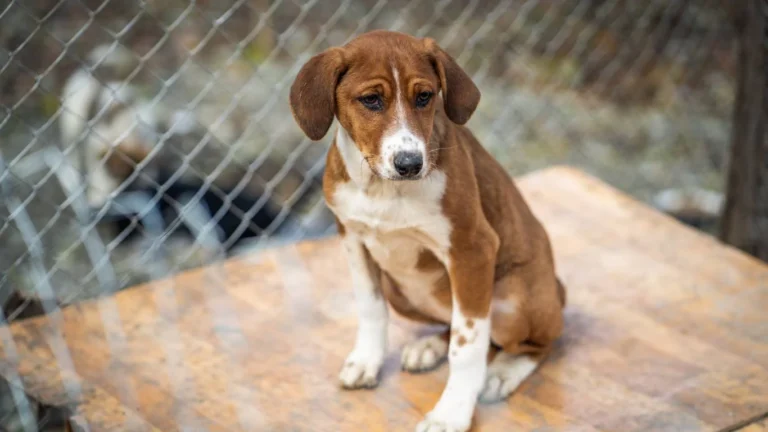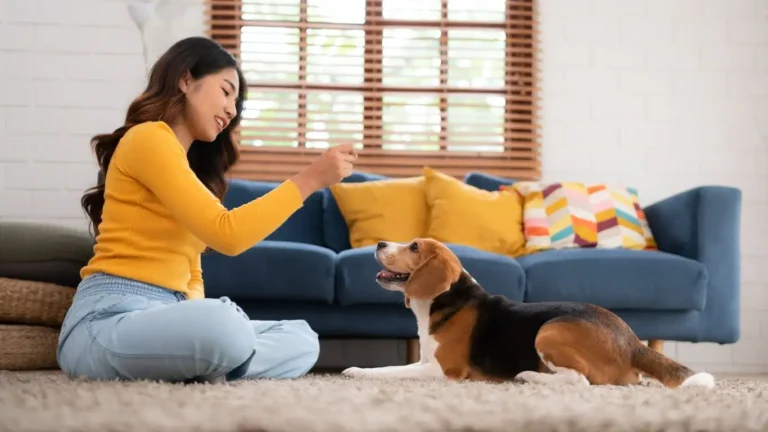Train Your Dog to Be Gentle with Treats – Easy, Safe, and Rewarding
When I first started as a Canine-Assisted Therapy Trainer, one of the first behaviors I taught every dog—before fancy tricks or task work—was how to be gentle when taking treats. It might sound simple, but if you’ve ever had your fingers mistaken for a snack by an overexcited pup, you know how crucial it is to teach this early on. Knowing how to train a dog to be gentle when taking treats isn’t just about your comfort—it’s about safety, manners, and trust. And trust me, whether you’re working with therapy dogs, a family pet, or a new rescue, this one skill can change everything.
Why Teaching Treat Manners is a Game Changer
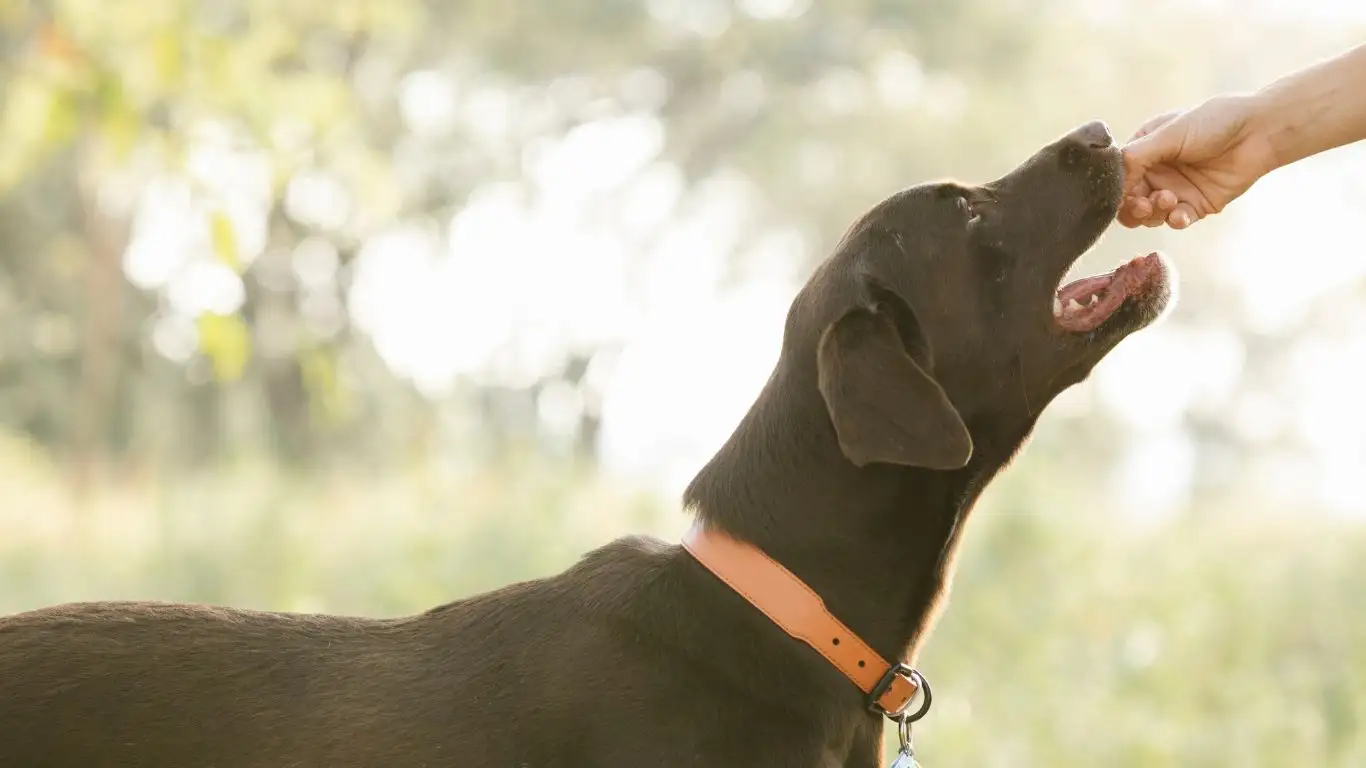
We often don’t think twice when we hand over a treat. But let’s be real—when your dog starts snapping like a little shark, it’s more than just annoying. It’s painful, it’s stressful, and worst of all, it breaks down the positive energy between you and your dog. In therapy settings, especially, the way a dog interacts with strangers matters. A dog who lunges at a treat can startle a child, scratch a senior, or ruin a carefully built bond.
In my experience, teaching this one behavior sets the tone for everything else. It helps establish calm focus, impulse control, and mutual respect—all things we need in a therapy dog or any well-mannered canine companion. Plus, it creates a more enjoyable experience for both of you. Because no one wants to feel like they’re feeding a piranha in fur, right?
Understanding the Root of the Grabby Behavior
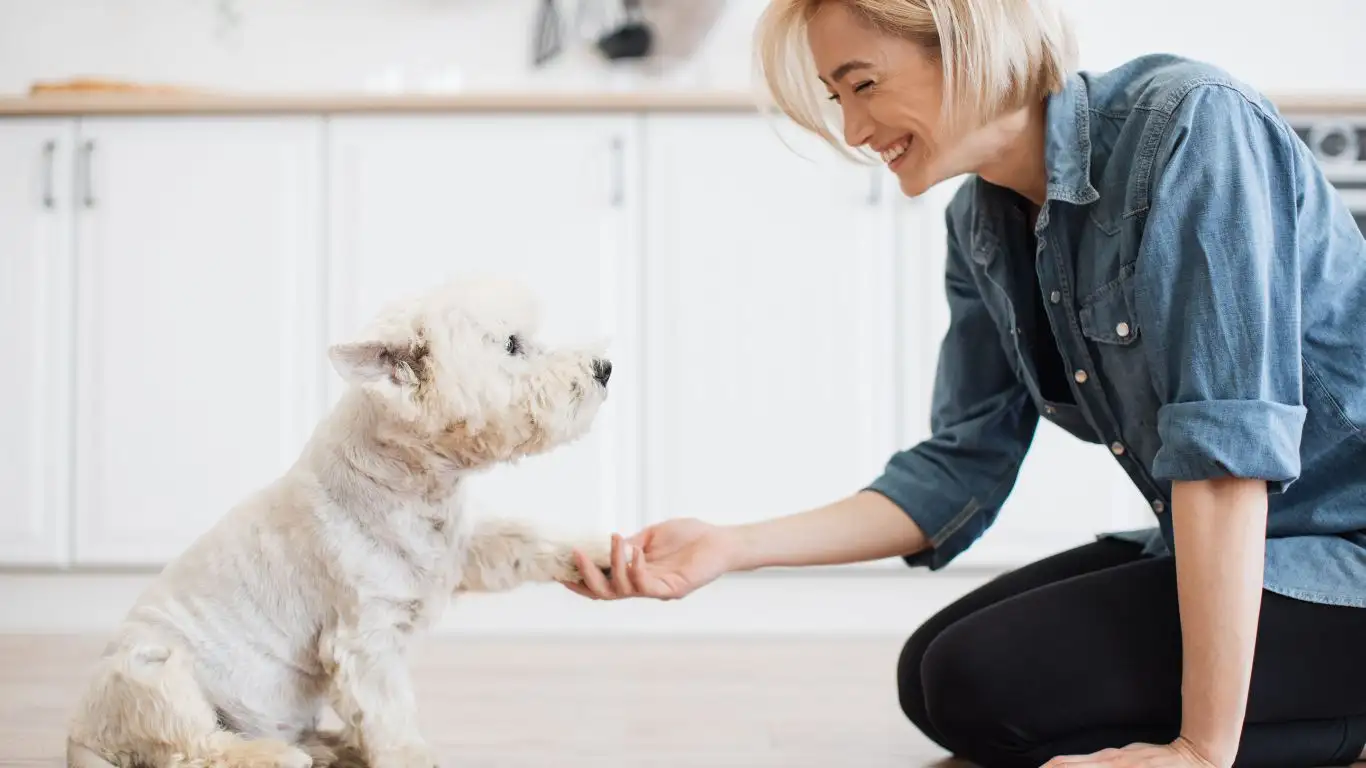
So why do dogs snatch treats in the first place? It’s not because they’re trying to be rude. Most of the time, it’s one of these things:
- Excitement: Dogs get pumped around food. It triggers instinctive behavior—especially in younger pups or rescues who may have had to fight for meals before.
- Lack of impulse control: Grabbing is often just a sign that your dog hasn’t yet learned to pause and think before acting.
- Reinforced bad habits: If your dog has always gotten the treat, even when they snatched, they’ll assume that’s fine. We often unknowingly reinforce this.
When I was working with one of my first therapy dog candidates, Bella—a bouncy Golden Retriever—she would jump and nip at my hand every time I pulled out a treat. She wasn’t being aggressive, just… overly enthusiastic. But I knew if she did that to a child in a hospital, it would be game over. That was my wake-up call to slow things down and get serious about gentle treat-taking.
How to Train a Dog to Be Gentle When Taking Treats
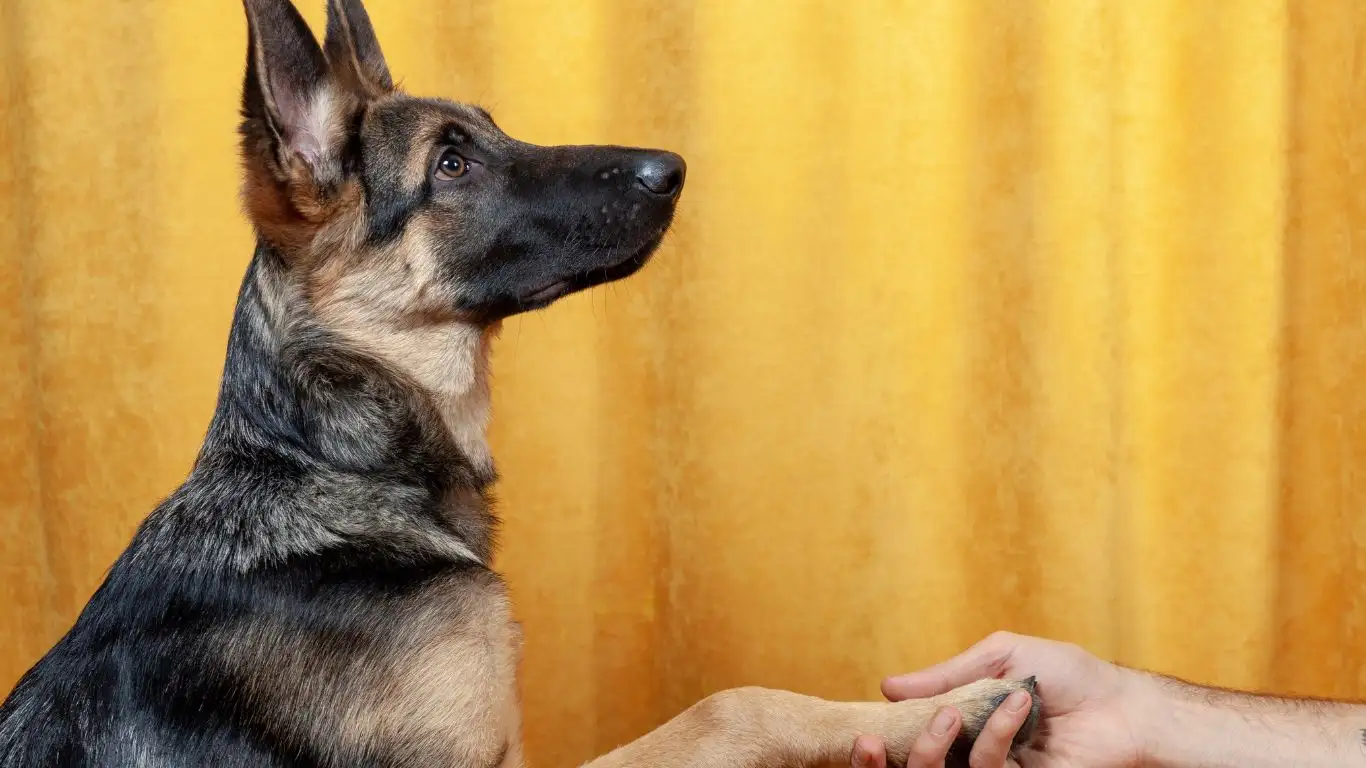
Start with Calm Energy
Before you even offer a treat, make sure your dog is calm. If they’re bouncing off the walls, you’re already fighting an uphill battle. I always start training sessions after a short walk or play session to burn off the extra energy. A dog who’s already overexcited is less likely to focus or learn new skills.
Use a Flat Hand to Begin
This is one of my go-to beginner techniques. Hold the treat in your palm with your hand open and flat, like you’re feeding a horse. It removes the temptation to nip at fingers and lets your dog get used to approaching gently. If they dive in too fast, simply close your hand over the treat and wait them out. No scolding, no jerking back—just calm and steady.
Introduce the “Gentle” Cue
Consistency is key. I always say “gentle” in a calm voice every time I offer a treat. The second the dog goes in softly, I praise and release the treat. Over time, they learn that soft mouth = treat, while lunging = nothing. You can use any word you like—soft, easy, whatever feels right—but stick with it.
Reward Only the Right Behavior
This part’s huge. Don’t give the treat unless the dog uses a soft mouth. If they’re too rough, calmly close your hand and wait. Patience is your best tool here. Dogs are smart—they figure out quickly that the only way to get that treat is by being gentle.
Practice in Different Contexts
Once your dog has the hang of it at home, it’s time to practice in new places—with new people. I had one dog, Max, who was perfect with me but would nip at treats when strangers offered them. So we practiced with friends, neighbors, even my mailman. That kind of exposure made all the difference when he became a therapy dog.
Use High-Value and Low-Value Treats
Dogs often get more excited with super tasty treats, so mix it up. Start with something mild like kibble, then slowly introduce more irresistible options like bits of chicken or cheese. This helps your dog learn to stay gentle even when the stakes are high.
Teach “Take It” and “Leave It” Alongside
These commands pair beautifully with treat-taking. “Leave it” teaches your dog to back off, while “Take it” becomes the green light. Once they’ve mastered both, you’ll have way more control in high-distraction or high-value situations.
Stay patient, stay consistent, and make it fun. You’ll be amazed at how quickly your dog picks this up—and how much more enjoyable treat time becomes.
Fine-Tuning the “Gentle” Skill in Real-Life Situations
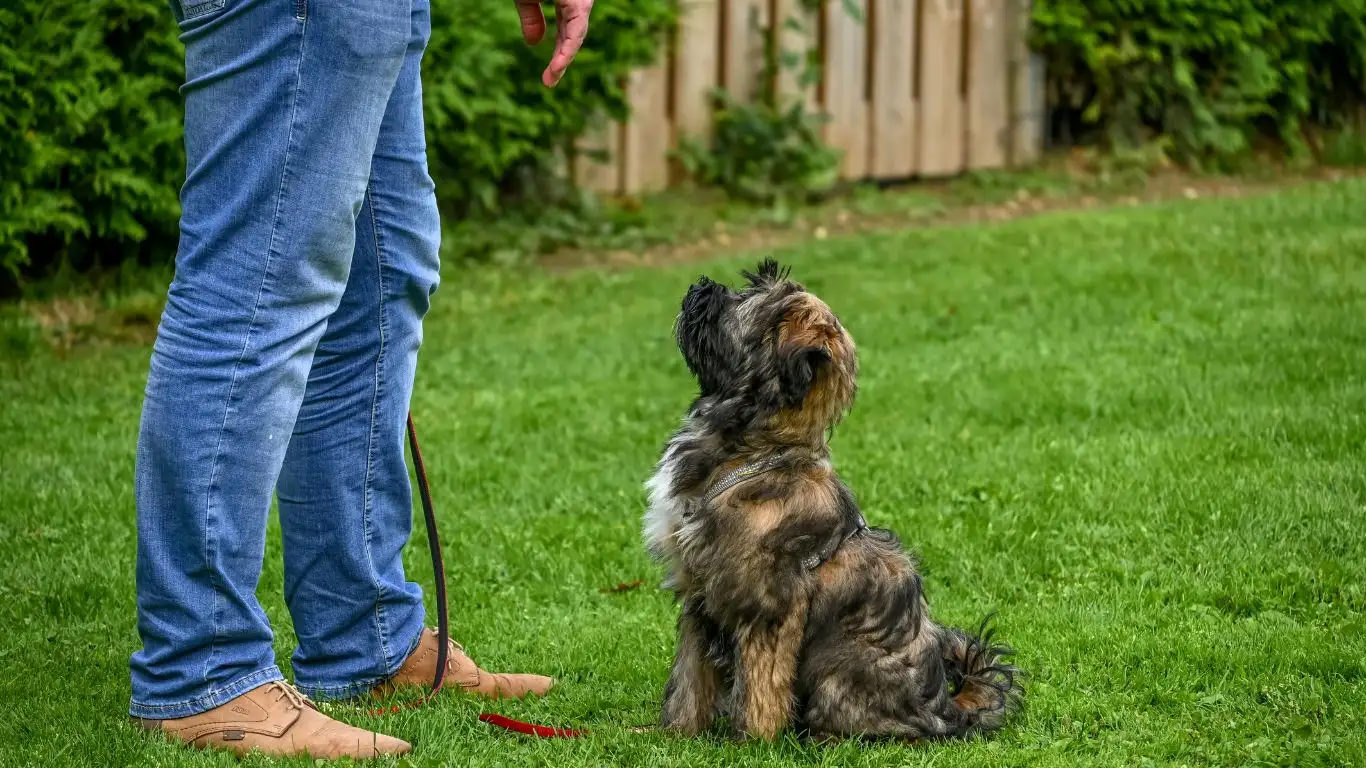
Now that your dog understands the basics of being gentle when taking treats, it’s time to start layering in some real-world challenges. In my years working with therapy dogs, I’ve learned that a behavior isn’t truly solid until your dog can do it outside, with distractions, and with different people offering the reward. This is where the magic really starts to happen—and also where the work gets a bit more hands-on.
Let’s face it: dogs don’t generalize well. Just because your pup knows how to be polite with you doesn’t mean they’ll behave the same way with your cousin, the neighbor’s kid, or the vet tech who smells like a thousand animals. That’s why repetition, variety, and consistency matter.
Practice Around Distractions
I like to start distraction training in my backyard, then gradually move to public spaces like a quiet park. Bring your dog’s favorite treats and run through the “gentle” practice you’ve already built at home. At first, don’t expect perfection. You’re competing with smells, sounds, squirrels, and other dogs. But this kind of training builds reliability.
When I was working with Juno, a super sweet Labrador mix, she was a rockstar indoors. But the first time we tried offering treats in front of a pet store? She completely forgot the word “gentle” existed. So we paused, stepped away from the excitement, and took a few steps back in our training—flat hand, calm tone, wait for soft mouth. It took patience, but within two sessions, she was back on track.
Get Others Involved
If you’re training a dog to be a therapy companion—or just a friendly neighborhood greeter—you’ll want them to be gentle with more than just you. Start by asking a few trusted friends or family members to help. Coach them to follow your cues: use a flat hand, say “gentle,” and don’t give the treat unless the dog approaches calmly.
This kind of social proof training not only reinforces the skill but also helps your dog build confidence with different hands, voices, and scents. If you’re working with a dog who tends to get nervous or too excited around new people, this step is especially helpful.
Common Mistakes to Avoid When Training Gentle Treat-Taking
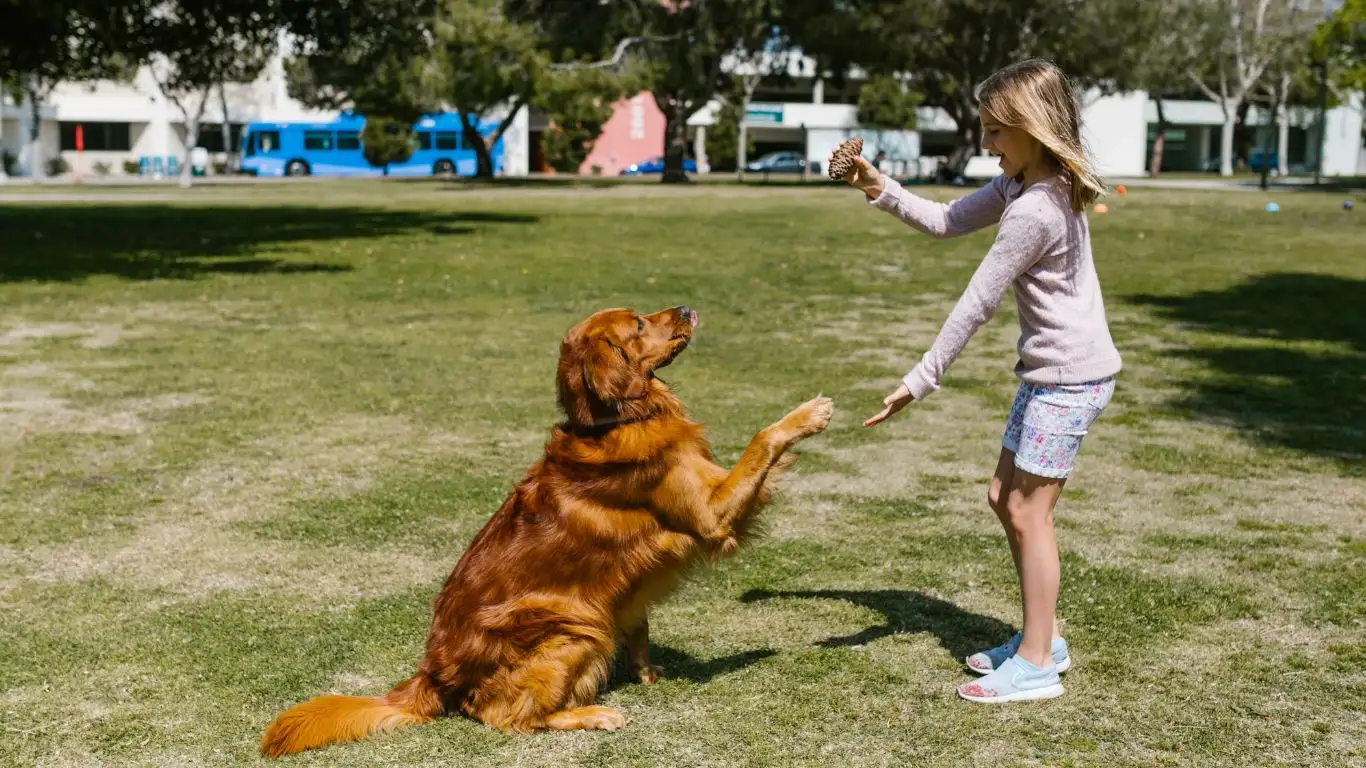
Even seasoned dog lovers can accidentally reinforce bad habits without realizing it. I’ve done it too—especially in my early days. Here are a few things to watch out for:
- Giving the treat anyway: If your dog lunges or grabs and you still hand over the snack, you’ve just rewarded the exact behavior you’re trying to avoid.
- Getting impatient: Training takes time. If you rush the process or skip steps, your dog might get confused or frustrated.
- Using treats that are too exciting too early: Jumping straight to high-value treats (like cheese or liver) before your dog has impulse control can backfire. Ease into those gradually.
- Inconsistent cues: Stick with one word—whether it’s “gentle,” “easy,” or “soft”—and make sure everyone in the household uses it the same way.
One time, I was working with a client whose dog was doing great during private sessions. But at home, the grabbing came back full force. Turns out, the kids were handing out treats rapid-fire with no cue or structure. Once we got the whole family on the same page with consistent commands, things turned around quickly.
Building a Calm Foundation with Complementary Training
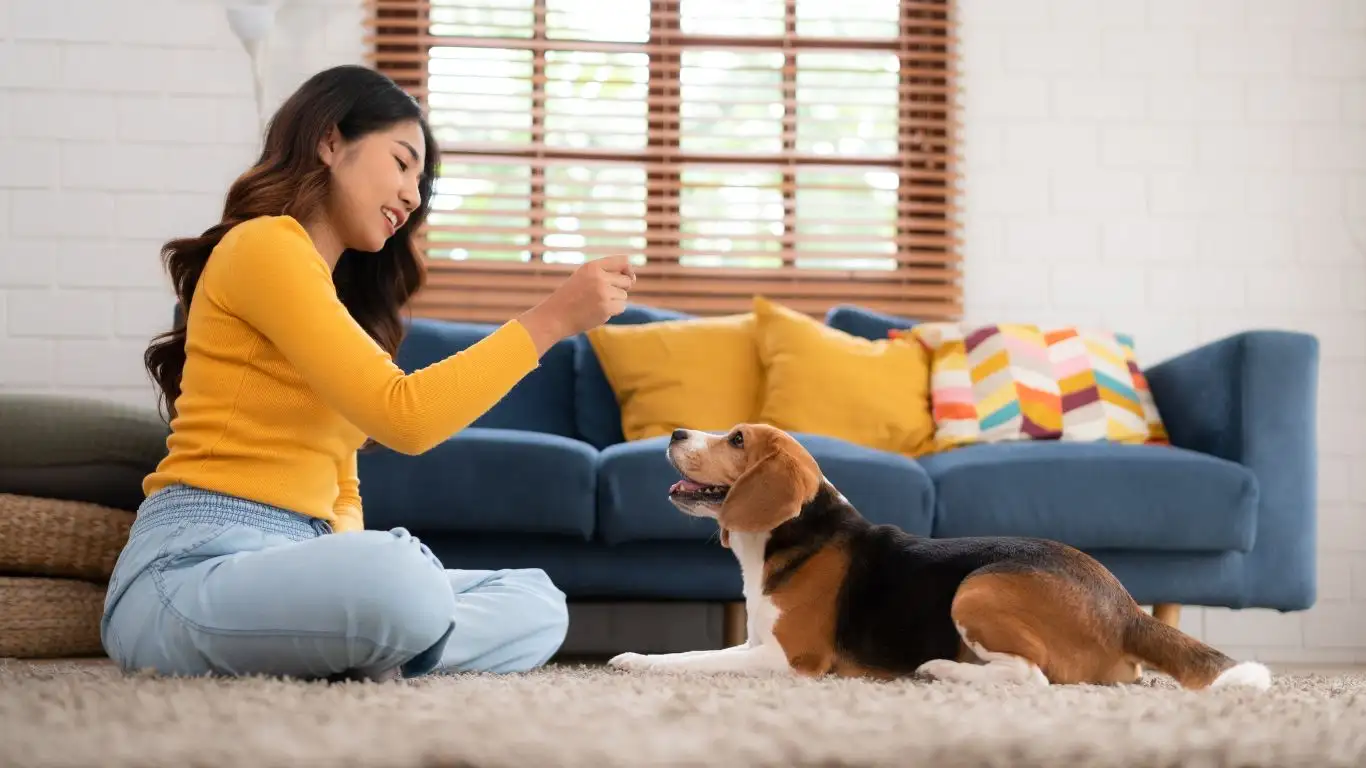
Here’s a little secret from my training toolbox: teaching a dog how to take treats gently becomes 10x easier when you also teach other self-control behaviors. Think of it as building a calm mindset from the ground up.
“Leave It” is Your Best Friend
Every dog I’ve ever worked with learns “leave it” early on. It’s incredibly useful, especially in therapy work where you need dogs to ignore tempting items like dropped food, tissues, or even medications. But it also reinforces impulse control, which translates beautifully into treat-taking.
Practice with a treat in one hand, say “leave it,” and only reward with your other hand when your dog backs off or makes eye contact. They quickly start to understand that pausing and waiting pays off more than lunging in.
“Wait” and “Take It” Work Together
Another powerful combo: use “wait” before offering the treat, and “take it” when they’ve shown the right behavior. This gives your dog a clear cue of what’s expected. Over time, they learn to pause automatically and look to you for permission.
I had a little terrier named Milo who used to be a treat snatcher extraordinaire. Once we introduced “wait” into his daily routine, he became much more mindful—and not just with food. His jumping stopped, his barking chilled out, and he even started waiting at doorways. It’s wild how one little word can ripple out into everything else.
Use Mealtime as a Teaching Opportunity
Meal routines are golden training moments. Instead of just plopping down the bowl, use it to reinforce calm behavior. Ask for a “sit,” then “wait,” and give a gentle “take it” before releasing their food. You’re already feeding them—it might as well teach something while you’re at it!
Bonus tip: if you’re working with a fast eater, try hand-feeding part of the meal using the “gentle” cue. It’s a slow, deliberate way to practice that reinforces the same skills under slightly different conditions.
Remember, these are not isolated behaviors. Every time you reinforce calmness, patience, and respect during training, you’re helping your dog build habits that will stick—whether they’re meeting a toddler, visiting a nursing home, or just hanging with you on the couch.
Taking It to the Next Level: Real-World Reinforcement
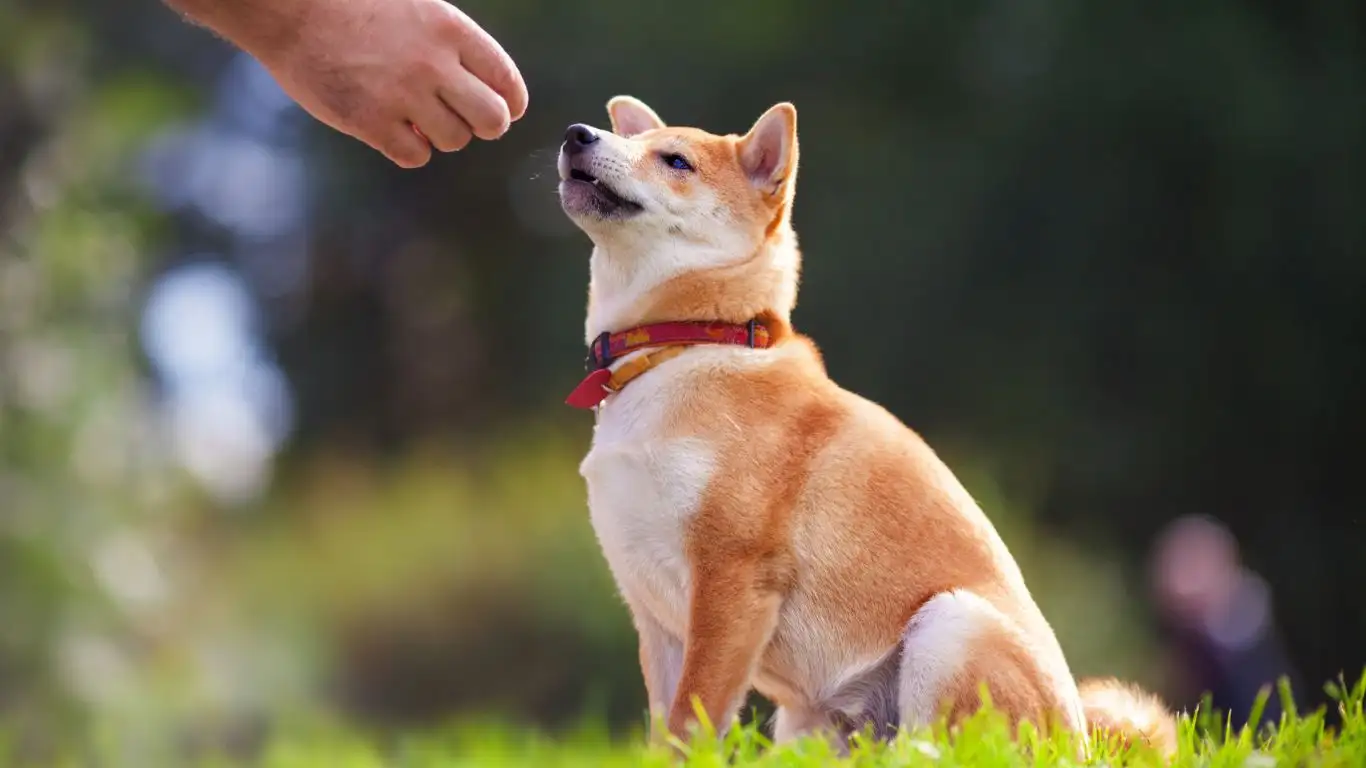
Alright, so by now, your dog knows how to be polite with treats at home, around distractions, and even with new people. But here’s the thing—dog training is never really “done.” It’s more like a lifestyle. That might sound overwhelming, but honestly, once the habits are there, it becomes second nature. Think of it like brushing your teeth—you don’t even think about it after a while. Teaching how to train a dog to be gentle when taking treats becomes a foundational part of everything you do together.
One of the best things I ever did with my therapy dogs was turn everyday moments into training opportunities. Standing in line at a café? That’s a great time to practice “wait” and “gentle.” Hanging out at a friend’s BBQ? Ask people to feed your dog—safely, of course—and give them a quick rundown on the cue. It’s all about building reliability in everyday life.
Set Up “Politeness Stations” at Home
This might sound a bit extra, but it totally works. Set up little treat jars around the house in areas where you and your dog hang out often. Maybe one near the front door, one in the kitchen, one in the living room. That way, you can sneak in 30-second training moments randomly throughout the day. When your dog isn’t expecting it, their response becomes more honest—more real-world.
During one of my therapy dog prep classes, I had a student whose Border Collie, Leo, would only behave perfectly during class but lose his mind at home. We introduced these mini “surprise” stations, and within a couple of weeks, Leo was offering polite, gentle treat-taking no matter the situation. It was a game-changer.
Involve Kids (With Guidance!)
If you’ve got little ones at home—or if your dog is in a therapy role involving kids—this is a vital step. Kids don’t always offer treats the same way adults do. Their hands are smaller, they move quickly, and they tend to giggle (which can excite dogs even more).
Teach children to keep their hand flat, say the cue word clearly, and drop the treat if they feel the dog is getting too enthusiastic. And supervise every interaction until your dog proves they can handle it consistently. Safety first, always. I worked with a therapy team once where a very gentle Lab would turn into a treat shark around toddlers—turns out he thought their hands were toys. We retrained with stuffed gloves and slow-motion practice, and he eventually figured it out.
Adapting Training for Senior Dogs or Rescues
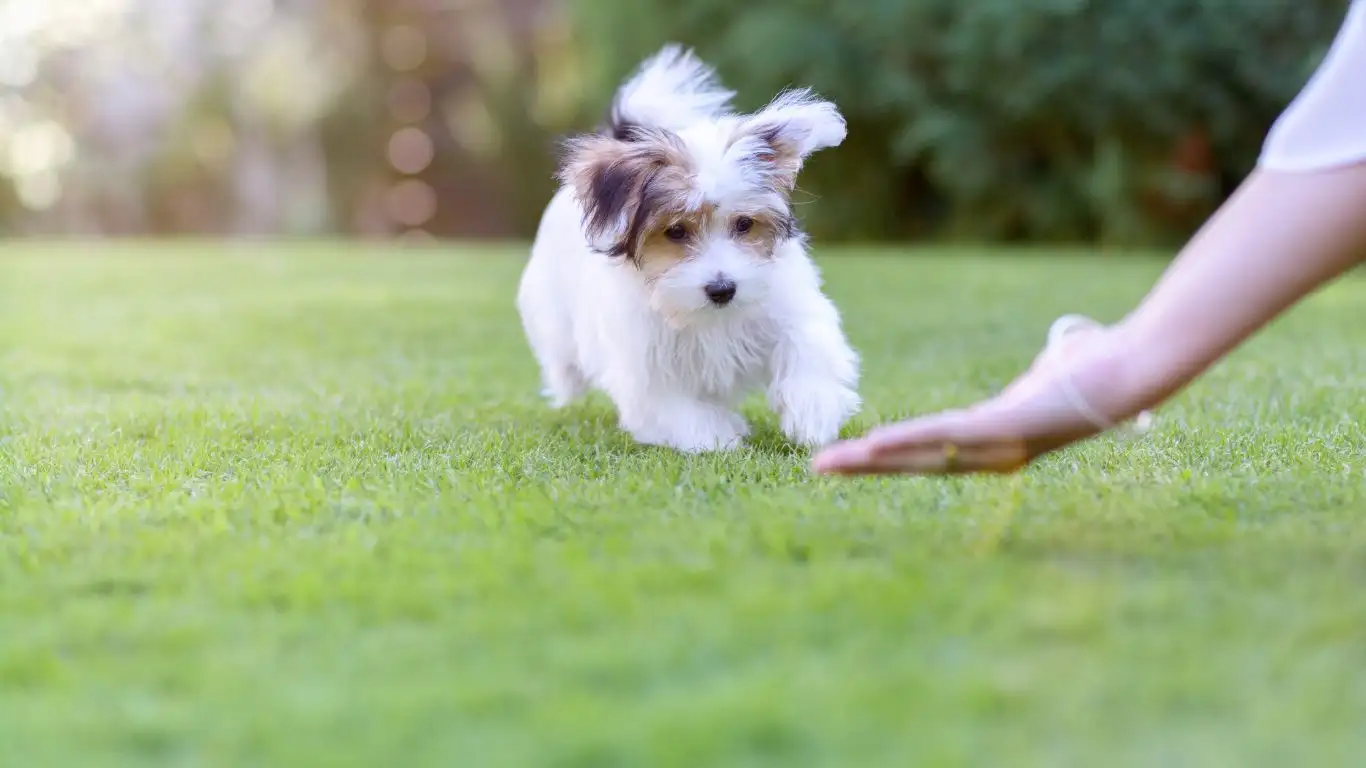
Training isn’t just for puppies. I’ve worked with a lot of senior dogs and rescues, and while the approach might need a few tweaks, the core principle remains the same: consistency, patience, and clear communication.
Older dogs might have physical limitations like arthritis or reduced eyesight. That’s okay—just adjust your hand positioning and cues. You may need to bring the treat closer, move slower, or use softer treats that are easier to chew. But don’t underestimate their ability to learn. In fact, many older dogs pick up “gentle” quickly because they’re a bit more settled in temperament.
Rescue dogs, on the other hand, may have food insecurity or past trauma. I worked with a Shepherd mix named Zeke who had clearly fought for food in his previous life. He would snap at anything edible. We started with high-reward, low-pressure situations: treats tossed gently on the floor, then slowly worked our way up to hand feeding. After a few weeks, Zeke would take a treat like a pro—with zero mouth pressure.
Make It Part of Your Bond
This might be the most important takeaway. Training your dog to take treats gently isn’t just about obedience. It’s a trust exercise. It’s about creating a bond based on communication and mutual respect. Every time your dog chooses to take a treat slowly, they’re showing you they trust your pace, your guidance, your hands. That’s powerful.
And the beautiful part? That trust translates into other areas of life—vet visits, therapy sessions, social outings, even those chaotic holiday gatherings. Your dog learns that calmness leads to rewards. That being careful with your hands earns praise. That good things happen when they listen.
References
Disclaimer
The content in this article is based on my personal experience as a Canine-Assisted Therapy Trainer and is intended for educational and informational purposes only. Always consult with a professional dog trainer or veterinary behaviorist when introducing new training methods, especially if your dog has shown signs of aggression, fear, or anxiety around food or human hands.
Training results can vary based on the dog’s age, history, and temperament. Always prioritize safety for both the dog and the people involved in the training process.
